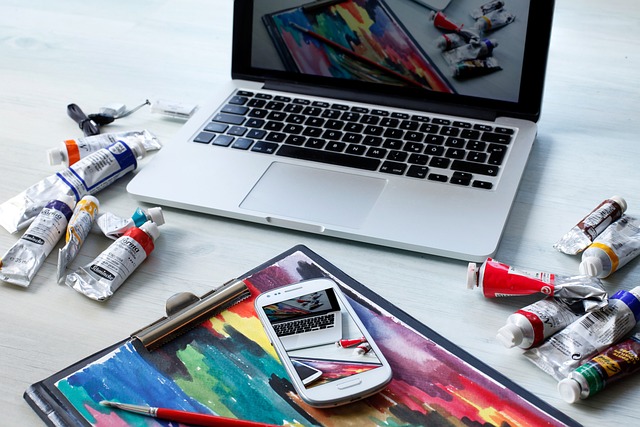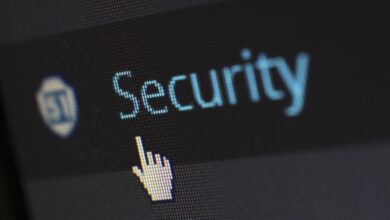How to Speed Up Your Slow PC Without Buying a New One

Is your computer running slower than it used to? Before you rush out to buy a new one, there are several steps you can take to breathe new life into your existing machine. Whether you’re using a Windows PC, Mac, or even an older laptop, these tips will help you optimize performance and get your system running faster without breaking the bank.
1. Identify the Cause of the Slowdown
Before jumping into solutions, it’s important to diagnose why your PC is slow. Common causes include:
- Too many programs running in the background.
- Insufficient RAM or storage space.
- Outdated hardware or software.
- Malware or viruses.
- Fragmented hard drive (for HDD users).
You can use tools like Task Manager (Windows) or Activity Monitor (Mac) to check which processes are consuming the most resources.
2. Clean Up Your Hard Drive
Over time, your hard drive can become cluttered with unnecessary files, which slows down your PC. Here’s how to clean it up:
For Windows:
- Use the built-in Disk Cleanup tool to remove temporary files, system cache, and other junk.
- Navigate to
This PC, right-click on your main drive (usually C:), and select Properties > Disk Cleanup .
For Mac:
- Use the Storage Management tool by going to
Apple Menu > About This Mac > Storage > Manage. - Delete old files, empty the Trash, and uninstall apps you no longer use.
Additionally, consider moving large files (like videos and photos) to an external hard drive or cloud storage to free up space.
3. Uninstall Unnecessary Programs
Unused or rarely-used programs take up valuable disk space and may run background processes that slow down your PC.
For Windows:
- Go to
Control Panel > Programs > Programs and Featuresand uninstall programs you don’t need.
For Mac:
- Drag unused apps from the Applications folder to the Trash, then empty the Trash.
Pro Tip: Be cautious when uninstalling software. Avoid removing critical system programs unless you’re sure they’re safe to delete.
4. Disable Startup Programs
Many programs automatically launch when you boot your PC, consuming memory and slowing startup times.
For Windows:
- Open Task Manager (
Ctrl + Shift + Esc) and go to the Startup tab. - Right-click on unnecessary programs and select Disable .
For Mac:
- Go to
System Preferences > Users & Groups > Login Items. - Highlight unwanted apps and click the
-button to remove them.
Disabling non-essential startup programs can significantly reduce boot times.
5. Upgrade Your Hardware
If your PC is still slow after software optimizations, consider upgrading key components:
- Add More RAM: Increasing your RAM allows your computer to handle more tasks simultaneously.
- Switch to an SSD: Replacing a traditional hard drive (HDD) with a solid-state drive (SSD) dramatically improves speed, especially for boot times and file access.
- Upgrade Your Graphics Card: If you’re into gaming or graphic-intensive work, a better GPU can make a big difference.
Even small upgrades like adding an SSD can transform an old PC into a speedy machine.
6. Optimize Your Operating System
Keeping your operating system updated ensures you have the latest performance improvements and security patches.
For Windows:
- Go to
Settings > Update & Security > Windows Updateand install any pending updates.
For Mac:
- Go to
System Preferences > Software Updateand download the latest macOS version.
Also, ensure your drivers and firmware are up to date, as outdated drivers can cause performance issues.
7. Scan for Malware and Viruses
Malware and viruses can severely impact your PC’s performance. Run regular scans to detect and remove threats.
For Windows:
- Use built-in tools like Windows Defender or third-party antivirus software like Malwarebytes .
For Mac:
- Use XProtect (built into macOS) or trusted antivirus apps like Avast or Bitdefender .
After removing malware, restart your computer and check if the performance has improved.
8. Adjust Visual Effects for Better Performance
Modern operating systems come with fancy visual effects that can slow down older PCs. Disabling these effects can improve speed.
For Windows:
- Go to
Control Panel > System > Advanced system settings > Performance Settings. - Select Adjust for best performance to disable all visual effects, or customize them manually.
For Mac:
- Reduce transparency and motion effects by going to
System Preferences > Accessibility > Display.
9. Defragment Your Hard Drive (For HDD Users)
If you’re using a traditional hard drive (HDD), fragmentation can slow down data access. Defragmentation rearranges data for faster retrieval.
For Windows:
- Use the built-in Defragment and Optimize Drives tool (
Search > Defragment).
Note: If you’re using an SSD, do not defragment it, as this can reduce its lifespan. Instead, enable TRIM to maintain performance.
10. Use a Lightweight Browser
Browsers like Google Chrome can be resource-heavy. Switching to a lightweight browser can free up memory and improve overall system responsiveness.
- Try browsers like Mozilla Firefox , Microsoft Edge , or Brave , which are optimized for speed and efficiency.
11. Reset or Reinstall Your Operating System
If all else fails, resetting or reinstalling your OS can give your PC a fresh start. This removes bloatware, corrupted files, and unnecessary clutter.
For Windows:
- Go to
Settings > Update & Security > Recoveryand choose Reset this PC .
For Mac:
- Use macOS Recovery Mode to reinstall macOS without losing your files.
Backup your important data before proceeding, as this process may erase some files.




